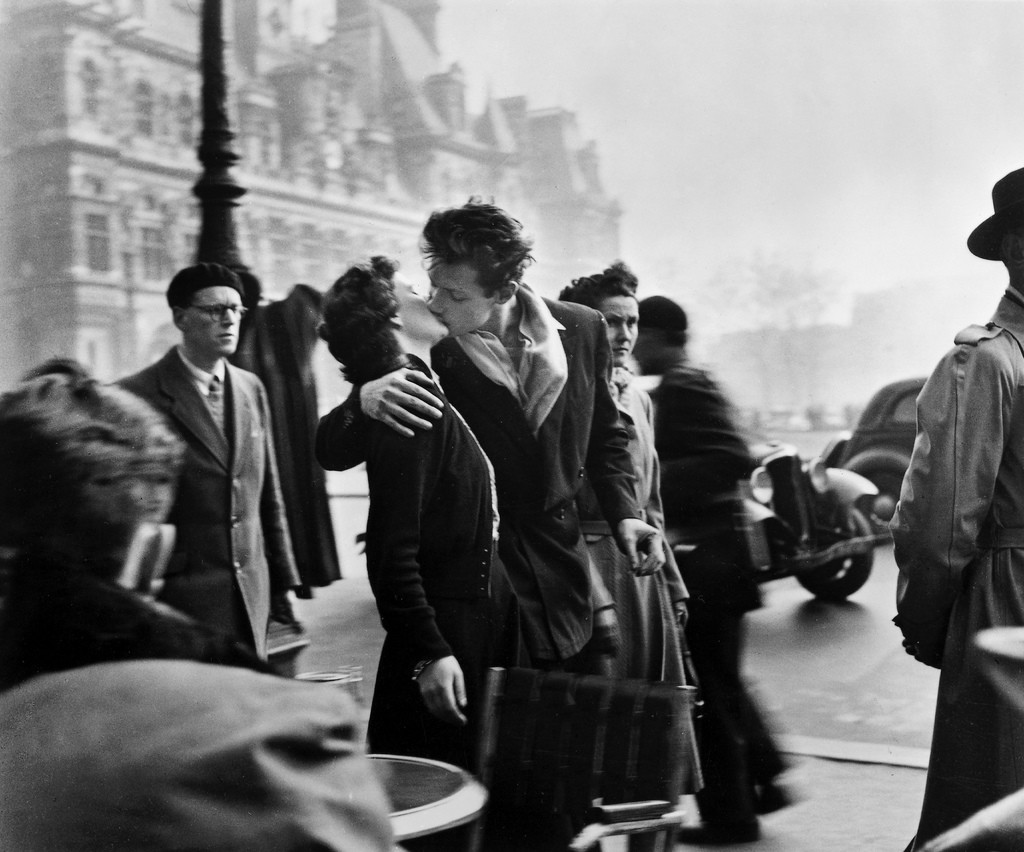This is a nice small area with a nice small amount of text
Veniam amet consectetur sint anim consectetur irure commodo. Ea reprehenderit laboris non enim occaecat ipsum tempor duis eiusmod. Veniam enim et magna ut reprehenderit nulla et nostrud incididunt quis enim eu.
Quis Lorem Lorem consectetur sunt aute labore. Dolor aliqua consequat enim ex do irure. Voluptate excepteur anim nisi nostrud id est consectetur nulla nostrud amet consectetur do cupidatat.
It’s difficult to introduce Bruce Davidson, it shouldn’t be, his work, like that of many others, seeks to illustrate subjects on society’s outer rim, the downtrodden and disenfranchised, but Bruce Davidson’s work is not like that of many others…
Based on this description alone he sounds much the same as Moriyama Daido, Alec Soth and other documentary style street photographers, but again, he really isn’t. Behind Davidosn’s lens is something that most photographers seem to lack (especially Moriyama), and that's empathy, plenty of art school kids armed with a roll of Kodak Tri-X and a Leica M4 have shot plenty of photos of people living in poverty in American and British cities, and yet they never seem to quite reach what Davidson does. At no point do the subjects feel like acts in a freak show, ironically not even in his ‘Circus’ series, we are shown interesting characters, not to point and laugh, but to see and understand.
Davidson is known for his ability to photograph communities hostile to outsiders, famously (and bravely) capturing 1960’s Harlem on large format film in his book ‘East 100th street’, and resoundingly, he is accepted into these communities, allowed to show them off and doing so proudly. Unlike his ‘Magnum’ contemporaries, his choice to not sneakily shoot 35mm film meant he couldn’t hide, he made himself abundantly obvious and subjects practically came to him, disarmed by his evident honesty. While he would later become synonymous with Leica’s M series of cameras he seemed to stick with the same approach, never hiding from his subjects, often shooting them staring straight into the lens, if not, into his eyes.
Davidson’s iconic ‘Girl with Kitten on London Street’ (1959) was my favourite photo for a long while, I knew nothing about Davidson or the image but still had it on my wall, something about it is so powerful. Despite the image being 60 years old the girl looks bizarrely contemporary, her hair and makeup looking as familiar today as in 1959, the slightly blurred kitten seems to be moving about, likely looking around at the exciting street that envelopes it, a string tied around its neck and held gently but confidently between the girls fingers serves as its lead. It's such an interesting image, the girl’s emotion is one that is virtually unreadable but it looks decidedly tense, she’s not looking at Davidson, nor is the cat, she seems out of place as the bokeh around her head almost forms a halo, like some bizarre guardian angel for this kitten, unsure of what to do with it. I still think it might be the best portrait ever taken, the grain is wonderful, the contrast powerful, the highlights around the girl’s head ethereal, and the kitten adorable.
Much of his best work comes from 1959’s ‘Brooklyn gang’, following a group of teenagers through the summer of ‘59, he documents relationships, fights, kisses, and games of stickball. Every photo is stunning, classic Americana in black and white, giving us an edgier Beach Boys, beguiling tales of girls, stolen cars and the beach. The images are simply cool, effortless gelled hair, shitty American traditional tattoos, muscles, and cigarettes. It feels only fitting to look at each photo with Johnny b Goode playing as the subjects were undoubtedly fans, ‘Backseat of a car’ provides the perfect example of the new, post-war teenager, making out in the back of a moving car, completely unsafe, completely uncaring, or even thrilled by the danger, recklessly playing backseat bingo.
Davidson’s work simply feels important, be it the more powerful and uncomfortable portraits of people in poverty or the cool nostalgic 50s teens, you can’t help but feel glad he was there to document it all in some of the most important photo series ever shot.


Website Name
Admin: Your Name Here
Copyright: 2022
"Team Slogan Here"
Established: 2009